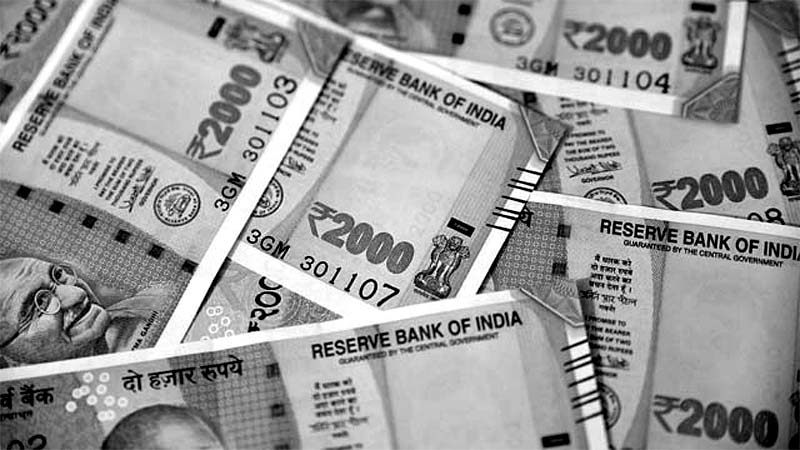Prime Minister Narendra Modi’s recent visit to the United States has shed light on the evolving dynamics of the India-US relationship. While many view this relationship as primarily based on mutual security interests, the reality is more nuanced. With America’s position as a dominant military power in the Pacific and Indian Ocean regions and India’s status as a nuclear power, security cooperation is not the sole driving force. Instead, the focus is increasingly shifting towards India’s potential to reshape the global economy and its role as a vital market for American products. This iExplained explores the importance of the India-US economic partnership and the challenges India faces in realizing its economic ambitions.
India’s Economic Potential and the US Industrial Complex
One of the central themes during Prime Minister Modi’s US visit was India’s rising economic stature and its potential to become an integral part of the new US industrial complex. Leading American companies such as Apple, Micron, Amazon, Cisco, Walmart, and Tesla have expressed interest in investing in India, while numerous American businesses are already present in the country. The current trade volume between the US and India stands at $200 billion, with ambitious plans to increase it to $500 billion by 2030. This demonstrates the recognition of India’s economic growth trajectory and its potential to replace China in the global economic landscape.
Challenges for India’s Economic Growth
While India’s current economic growth rate of 6.5 percent may be commendable by global standards, it falls short of the challenges India faces today. The primary obstacle lies in bringing approximately 800 million people out of poverty, necessitating an annual growth rate of 8 to 10 percent over two decades. To achieve this, India must address certain weaknesses and capitalize on its partnership with the United States.
Firstly, India’s record in creating new technology lags behind that of other countries. The country’s investment in research and development (R&D) remains significantly below the desired level, with only 0.65 percent of GDP allocated, compared to 2.9 percent in the US and 2.1 percent in China. Strengthening R&D efforts is crucial for fostering innovation and driving economic growth.
Secondly, India must address its workforce-related challenges. Despite significant progress, 45 percent of India’s working-age population is still engaged in agriculture, which contributes only 20 percent to the GDP. Creating employment opportunities in sectors suitable for rural men and women is essential. Additionally, the low percentage of working women, standing at 19 percent, poses a concern. Improving literacy rates and providing skills training will be pivotal in empowering women and unlocking their potential as contributors to the modern economy.
The Path to a Manufacturing Revolution
India’s journey towards becoming the world’s third-largest economy on purchasing power parity (PPP) criteria is remarkable. The country has gained global recognition for its IT, pharmaceuticals, chemicals, petrochemicals, and textiles industries. However, despite the Make in India initiative, progress in critical manufacturing sectors has been modest. To bring millions out of poverty, a manufacturing revolution is imperative. The government has introduced schemes like the Production-Linked Incentive (PLI) to promote manufacturing and established the National Research Foundation. Their effectiveness in driving industrial growth remains to be seen.
Conclusion
India’s economic potential is widely acknowledged, with the United States recognizing the country’s role as a significant player in the global economy. Strengthening the India-US economic partnership can help India achieve its ambitious growth targets, create jobs, and lift millions out of poverty. Overcoming challenges related to research and development, workforce participation, and literacy will be crucial in realizing this potential. By capitalizing on the American connection and fostering a favorable environment for innovation and manufacturing, India can pave the way for sustainable and inclusive economic growth.

